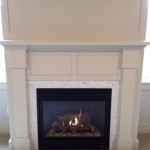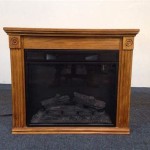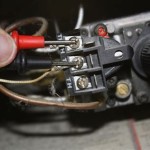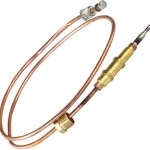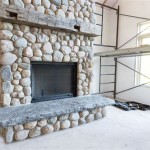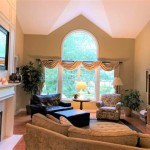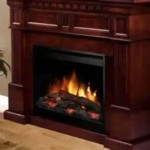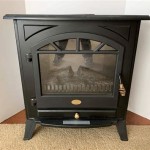Essential Aspects of Best Wood Burning Fireplace Design
Wood-burning fireplaces add warmth, ambiance, and timeless charm to any home. When designing one, several crucial aspects play an essential role in ensuring its optimal performance, aesthetic appeal, and overall safety. Here's a comprehensive guide to the key elements of designing the perfect wood-burning fireplace.
1. Hearth Size and Material
The hearth is the area in front of the fireplace where embers and ashes fall. Its size should be proportional to the fireplace opening, extending at least 18 inches beyond the opening on all sides. The hearth material, often stone or brick, should be non-combustible and able to withstand the intense heat generated by burning wood.
2. Firebox Shape and Dimensions
The firebox is where the wood burns. Its shape and dimensions influence the efficiency and smokiness of the fireplace. A taller, narrower firebox creates better draft, reducing smoke production. The optimal firebox dimensions are determined by the size of the room and the desired heat output.
3. Flue System
The flue system is a crucial component that allows smoke and gases to escape from the fireplace. It comprises a metal chimney pipe that runs vertically through the house and terminates above the roof. Proper flue design ensures that smoke is efficiently vented outside, preventing it from entering the living space.
4. Fireplace Mantel
The fireplace mantel is a decorative element that sits above the firebox and serves as a focal point in the room. It can be made from various materials such as wood, marble, or stone. The mantel's depth and height should complement the overall design and scale of the fireplace.
5. Heat Distribution
Efficient heat distribution is essential for maximizing the fireplace's warmth. Radiant heat is emitted directly from the fire, while convective heat is carried by the heated air within the fireplace. To enhance heat distribution, consider installing a blower or heat-circulating fans that help disperse the warmed air throughout the space.
6. Air Control and Damper
Air control is critical for regulating the fire's intensity and efficiency. A damper, typically located at the top of the flue, allows for adjusting the airflow into the firebox. Proper air control optimizes the combustion process, minimizing smoke and maximizing heat output.
7. Safety Features
Safety should be a top priority when designing a wood-burning fireplace. Essential safety features include a sturdy fire screen to prevent sparks or embers from escaping, a spark arrestor on the chimney to prevent embers from entering the atmosphere, and a smoke detector in the vicinity of the fireplace.
By carefully considering these essential aspects, you can create a stunning and highly functional wood-burning fireplace that enhances the ambiance and warmth of your home while ensuring it operates safely and efficiently for years to come.

The Best Wood Burning Fireplace Inserts Or Stoves Ecohome

Modern Wood Stove Guide All You Need To Know 2024 Field Mag

Best Wood Burning Fireplaces For Heating Your Home Updated October 2 Flame Authority
.jpg?strip=all)
20 Best Fireplace Accessories And Tools Architectural Digest

Ping For Fireplaces And Wood Stoves The New York Times

21 Of The Best Wood Burning Stoves Traditional Contemporary

5 Best Wood Burning Stoves 2024 How To Choose Stove

Using Cfd For Cleaner Fireplace Design Engineering Com

Best And Worst Woods For Fireplaces

The Best Wood Fireplaces Of 2024 Direct Learning Center
Related Posts

